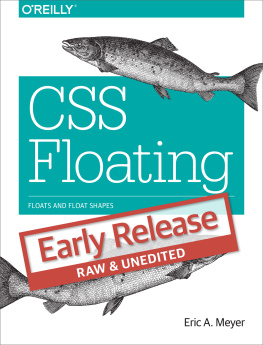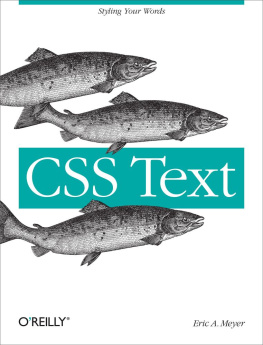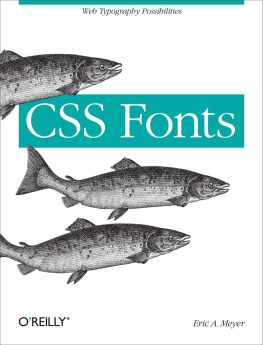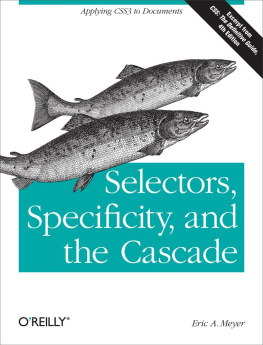Eric A. Meyer - Values, Units, and Colors
Here you can read online Eric A. Meyer - Values, Units, and Colors full text of the book (entire story) in english for free. Download pdf and epub, get meaning, cover and reviews about this ebook. year: 2012, publisher: OReilly Media, genre: Computer. Description of the work, (preface) as well as reviews are available. Best literature library LitArk.com created for fans of good reading and offers a wide selection of genres:
Romance novel
Science fiction
Adventure
Detective
Science
History
Home and family
Prose
Art
Politics
Computer
Non-fiction
Religion
Business
Children
Humor
Choose a favorite category and find really read worthwhile books. Enjoy immersion in the world of imagination, feel the emotions of the characters or learn something new for yourself, make an fascinating discovery.
- Book:Values, Units, and Colors
- Author:
- Publisher:OReilly Media
- Genre:
- Year:2012
- Rating:4 / 5
- Favourites:Add to favourites
- Your mark:
Values, Units, and Colors: summary, description and annotation
We offer to read an annotation, description, summary or preface (depends on what the author of the book "Values, Units, and Colors" wrote himself). If you haven't found the necessary information about the book — write in the comments, we will try to find it.
Nearly everything you do with CSS involves units for determining the look and formatting of your web page elements. With this concise guide, youll learn how to work with an array of unitsincluding measurements and keywordsthat help you define color, text, distance between elements, location of external files, and other values.
This book contains chapters from the upcoming fourth edition of CSS: The Definitive Guide. When you purchase either the print or the ebook edition of Values, Units, and Colors, youll receive a significant discount on the entire Definitive Guide when its released. Why wait when you can learn how to use units and other key CSS3 features right away?
- Use RGB or HSL values to mix your own colors, and designate the degree of opacity
- Learn how to apply global keywords introduced in CSS3
- Use string values to wrap a sequence of text characters in quotes
- Describe margins, letter spacing, and other properties, with either fixed or relative length units
- Understand how number, integer, and percentage values differ
- Explore CSS3 unit types for describing display resolution
- Use time values for transitions and animations
Eric A. Meyer: author's other books
Who wrote Values, Units, and Colors? Find out the surname, the name of the author of the book and a list of all author's works by series.

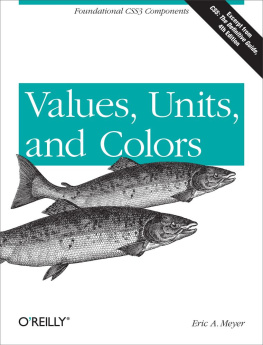
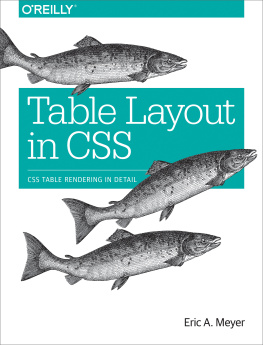

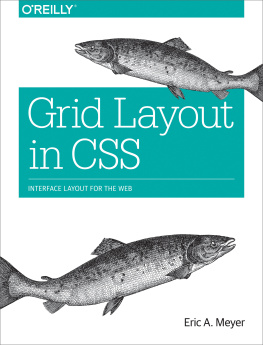
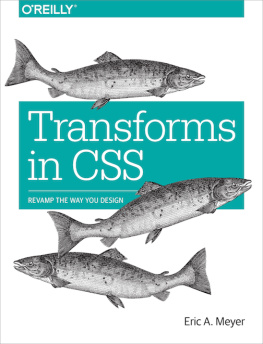
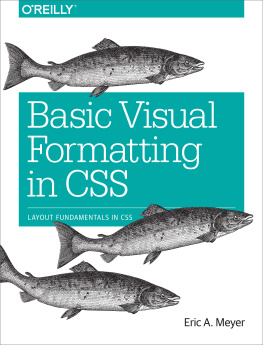
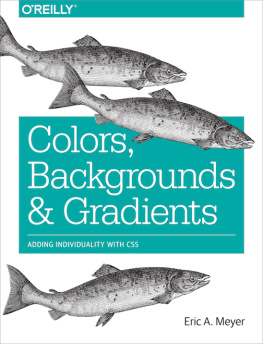
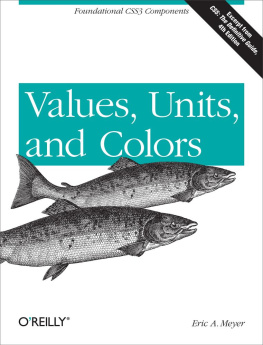
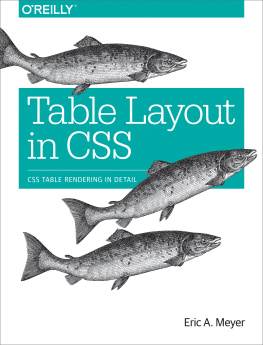
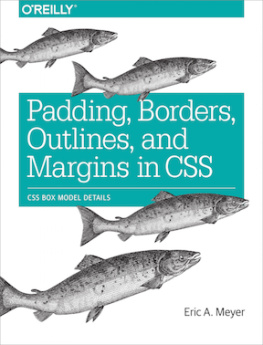
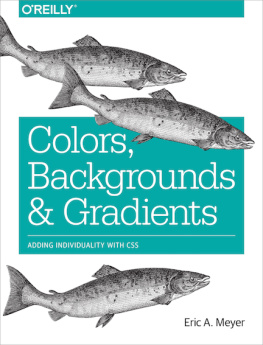
![Eric A. Meyer [Eric A. Meyer] - Padding, Borders, Outlines, and Margins in CSS: CSS Box Model Details](/uploads/posts/book/119142/thumbs/eric-a-meyer-eric-a-meyer-padding-borders.jpg)
